Lack of sex drive, dumbness, fatigue, proneness to depression, lack of regeneration, back-pain and many other health issues are caused by lack of or bad sleep. But what causes bad sleep nowadays?
There are many factors and it's a complicated manner therefore I will dedicate more posts to this. However, in this post I want to focus on what we sleep on as this was one of my latest experiments - Though already lasting more than half a year.
On what do we sleep nowadays? Is it actually good for us? What our ancestors used to sleep on? And what are modern alternatives to a Western bed that we can get or create now? That's what I will be covering.
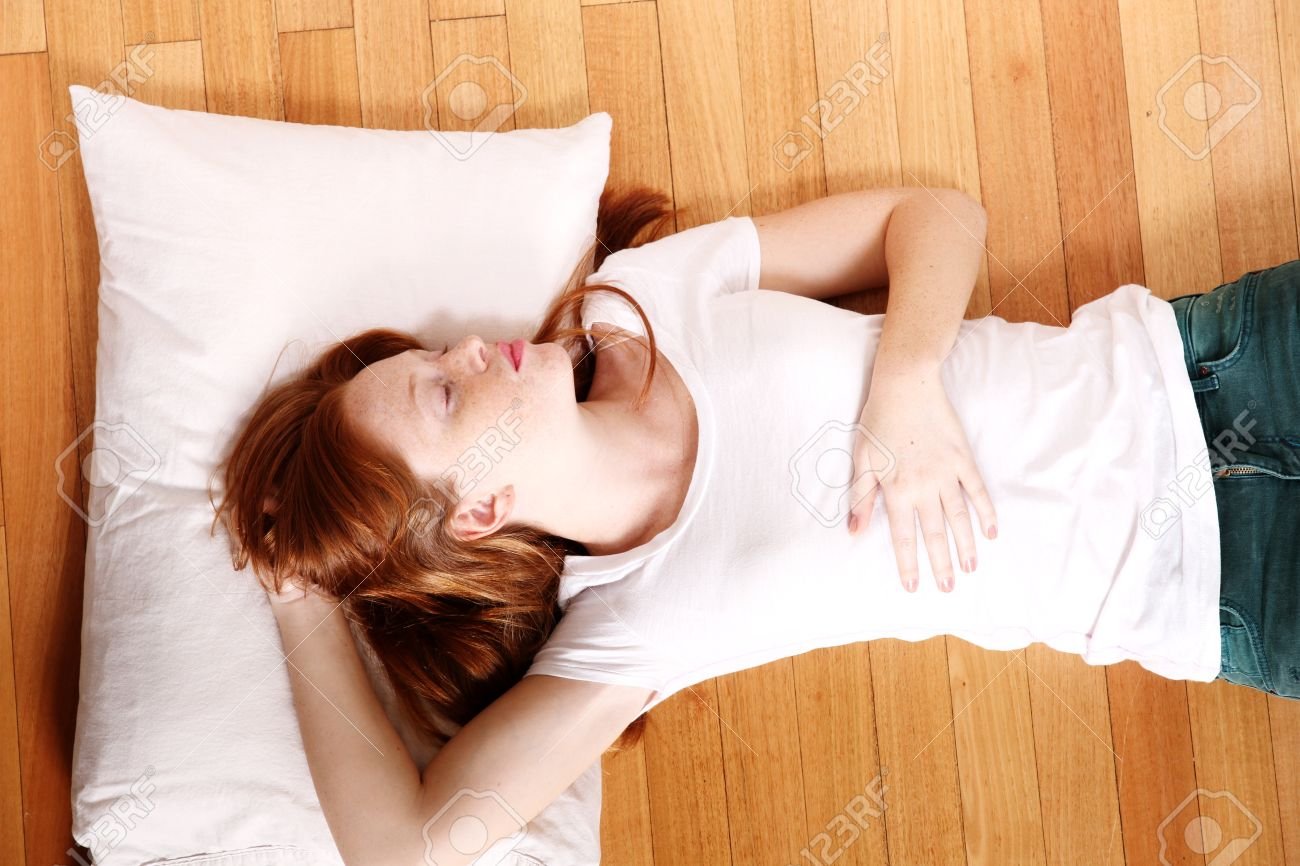
Image Source(direct link to img)
Modern Sleeping systems
In western world we are used to sleeping in beds that have frames, springy or soft mattresses, a blanket, pillow or two and who knows what else.
'This is great though, right? A soft surface is comfy so I will sleep well like a baby'.
No, not really.
There are many manufacturers who make mattresses, pillows, bed-frames, etc. And probably all of them claim that their sleeping product will provide you the best sleep. Some of these extremely expensive mattresses cost hundreds or thousands of dollars and offer some fancy features so they better be great for you so you can justify spending that much money.
Though there's no scientific evidence to support the bold claims of the manufacturers. On top of that, there are often new products coming out that are supposed to fix the sleeping problems you got sleeping on your old mattress. Which just shows it's not ideal for you if more technology has to fix something we were doing before for thousand of years without any problems.
We didn't have any memory foams hundreds of years ago.
On what did we used to sleep then?
In short, on anything apart from springy mattresses.
To quote an article in Science News
Adult sleepers in traditional societies recline on skins, mats, wooden platforms, the ground, or just about anything except a thick, springy mattress. Pillows or head supports are rare, and people doze in whatever they happen to be wearing.
-Slumber's Unexplored Landscape: People in Traditional Societies Sleep in Eye-opening Ways, by Bruce Bow
We were very happy to fall asleep on any surface and we didn't even care if they are even or not. As kids we used to fall asleep on the floor and we were fine.
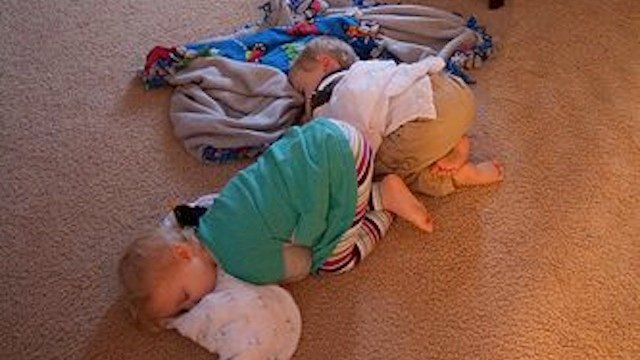
Image Source(direct link to img)
Why Is Sleeping On The Floor Good For Us?
Nowadays people tend to complain about their lower backs, people's spines are all misaligned and there are always new products being introduced to try to solve our sleeping problems.
This happens because of constant sitting and as I am trying to say in this piece, from improper sleeping surface. This shortens your muscles in your hamstrings and hips and that puts more pressure on your lower back. And sleeping on a soft surface also keeps your spine misaligned.

Image Source(direct link to img)
Though by sleeping on a hard and even surface your body and spine gets into a proper alignment. You can try it right now. Just lay down on the ground and see how your lower back is getting a soft release thanks to gravity.
There is very little real science behind sleeping surfaces as well as how indigenous people used to sleep. So some of what I am saying comes from eastern medicine, observations, or from mine and others practical experiences.
Sleeping on a hard surface gives your bones something to push against and therefore bear the load of the body during the sleep. Our bones main function is weight bearing so why would we think it should be different during sleep? If you let your bones do the job they were designed to do, your muscles then can relax and recover. If your bones sink into a soft mattress then your muscles start to bear the load. This prevents them from relaxing and you get one of common modern problems of being sore when waking up.
Another side-effect which is more common nowadays are weak bones that lose density faster. This is a common side-effect that you encounter even when you are hospitalized for a prolonged period of time (as short as few days) without no movement and constant laying in bed.
So it's safe to say that sleeping on the ground you keep your bones strong.
It is also believed that putting pressure on your bones you release hormones to relax your body and help it recover.
Another great benefit comes in a form of extra movement. If you never let your body go to the ground and all you do is sit in a chair and lay down into a lifted platform you deprive your body of one of its needed movement nutrients. One of the side-effects of that is that your muscles start to shorten and your body becomes less functional. Simply put your body adapts to the new environment and becomes more efficient at doing the limited tasks you put it through.
By sleeping on the ground you perform some essential movements, like squatting, kneeling, lifting up, etc. You put weight on your knees, wrists, ankles and put some stress on them that way so they can adapt to a more natural movements and keep your body healthy.
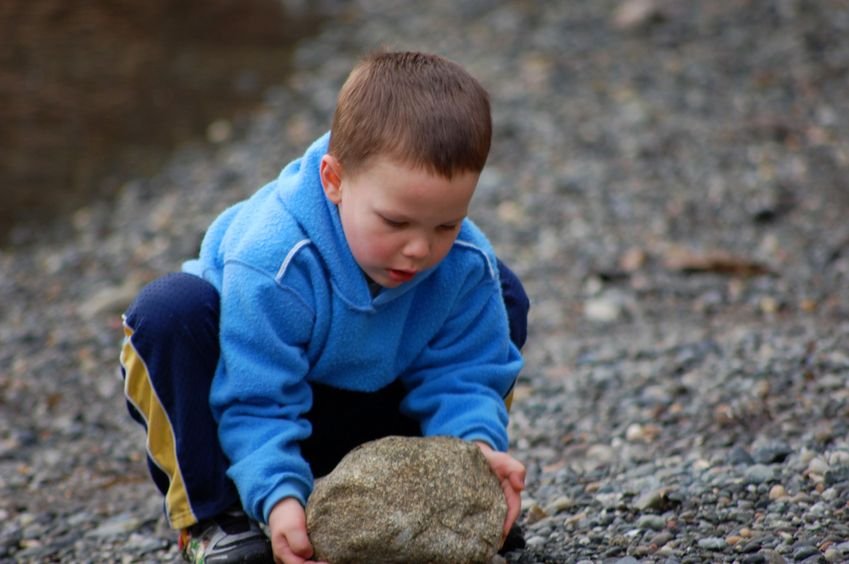
Image Source(direct link to img)
Other Benefits
On top of that, getting rid of your enormous western bed system you gain additional benefits.
Your new system will be easy to pack and move. That gives you a great freedom that you can move at any time and there's nothing huge holding you back that you'd have to carry on your back [oh the pun :D].
You'll also gain more freedom in your room. It will no longer be just a bedroom with just a bed and nothing else. Now with your new setup you can pack your "bed" and create extra space for yourself to utilize however you want. Your room becomes multi-functional. I use it for extra space for moving. And with something like a futon you can convert it into a meditation space or a small couch where you can hang out with people.
You will also become very adaptable and be able to sleep anywhere. This can come in handy when traveling, backpacking, camping, or just visiting a friend. You'll be the great guest that requires no extra special care and will wake up fresh even if your friends have no extra space for you to sleep on.
Or you can also be the weird guest [That's what I do] who sleeps on the floor next to the couch or the bed.
What Are Your Alternatives
There are many choices. Your new and proper sleeping system can range from very simple and cheap to something a bit more fancy and expensive. Either way you don't have to rob a bank to get one as you'd have to in order to get the "fanciest and best" bed on the market.
Let's start with the simple and fast alternatives.
It can be as simple as sleeping on a thicker yoga mat or a thermarest mat. Both options are pretty cheap, easy to get and very portable. They are also surprisingly comfortable. Usually you would not want to sleep on your side while on the ground but after some time you get so used to it that sleeping on the side on a yoga mat will feel very comfortable and relaxing, as if you were in a soft sand.
This is how I started and I slept on all sorts of mats for more than 6 months.
Other similar approach is to just get a bunch of natural blankets (wool, cotton) and layer them on top of each other. You can also do this on top of a yoga mat or tatami. This will make the floor softer and offer some isolation. Another benefit is that the more accustomed to sleeping on the ground you get, the less blankets you can use. So basically it will be a training ground for you with adjustable difficulty.
Up next are the more fancy solutions though still pretty cheap.
You can use Japanese futons or massage mats [like Shiatsu] to get a firm, natural sleeping surface that won't store any bacteria, mold, parasites, dust, etc. They are great because they can last for a long time if you take care of them, they are still very storable as you can just roll them up and put somewhere and as mentioned before, you can create a meditation pillow or a couch from them. So they are very versatile and they also resemble a western mattress so if you have a new partner for example, it will take less effort to persuade them to join you there.
It'd be a different story if you'd bring them home and you only had a yoga mat for sleeping.
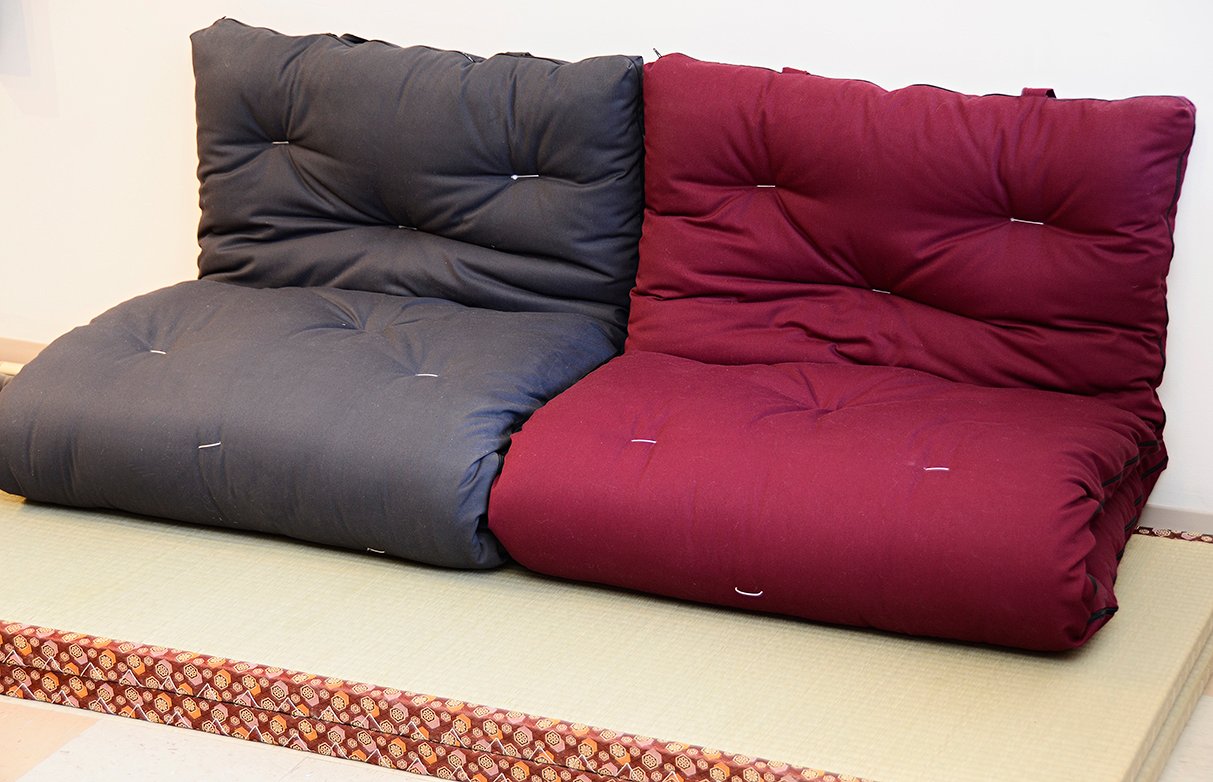
Image Source(direct link to img)
A side note, there's an interesting product called COOL-pad which will regulate your sleeping temperature to your optimal one even if you have a steaming hot (temperature-wise :P) partner next to you. Though futons are really good at regulating temperature, too.
How to get started?
For me, I started on the bare-minimum mats and floor. First night I crawled back to bed after 4 hours as I was getting cold (I was sleeping just on the ground so no surprise there) and my body hurt. Though after that my body started to adjust (and I started to use mats for ground insulation) and within a week I slept like a baby.
However, you can start more slowly. In fact, if you are not a fan of Stoicism, it will be a better approach. You can start by putting your current mattress on the ground (or closer to the ground), then put some firmer mattress on top of it. Then get rid of your old mat all-together. Then you can get a futon or try sleeping on many layered blankets. Then a camping mat.
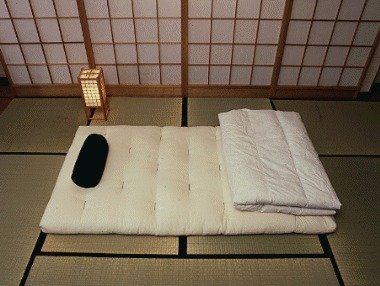
Image Source(direct link to img)
Right now I am sleeping on a Shiatsu massage futon as it's thinner then a regular futon and it feels great to sleep on something like that after 6 months of various mats. The surface feels amazing, my body is very happy with it as it's still firm and other people can sleep on it, too when required.
Let me know what crazy things you slept on in your life.
If you want to know how I modify my Images with a quick copy-paste, check out my post about a tool I created
About the Author;
Hi, I am Joe and I love freedom.
Freedom of all sorts, social, financial, emotional, physical, freedom from your stuff or place.
My biggest passion is to show that it is possible to live life being free, work towards my freedom, and help others obtain their own versions of freedom.
I also love exploration and experimentation (of all senses).
My articles are about all of this (Freedom, exploration, experimentation)
as well as my own transparent and authentic experiences.
